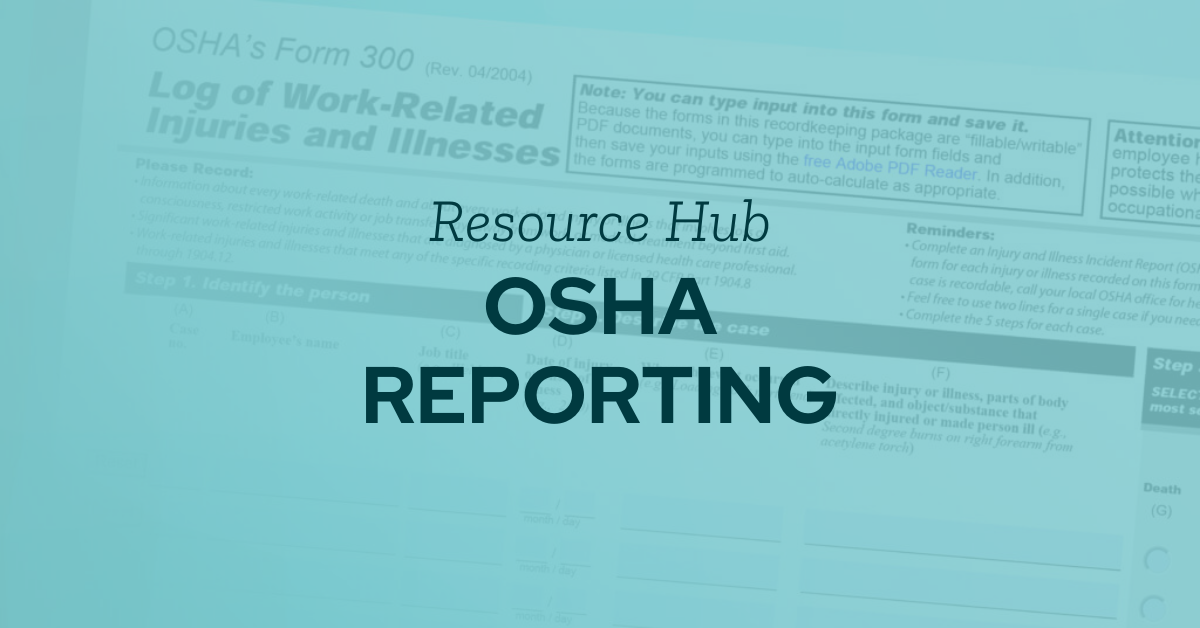Workplace Compliance News & Resources
Get the latest safety and workplace compliance news and resources from the federal, state, and local government levels. Below you’ll find late-breaking news, an interactive state map, the latest federal news, and minimum wage changes.
We try to keep it easy to understand and give you some general considerations on what to do, but we always recommend that businesses seek legal counsel for further advice and guidance on your particular situation.
Wherever available, KPA products are updated with the latest government notices and posters for employers.
Breaking News
Nothing to see here. Check back later!
Who: All employers
When: Effective immediately
On June 2, 2025, the U.S. Department of Labor (DOL) issued a statement relaunching and expanding its opinion letter program across five federal agencies including:
- The Wage and Hour Division;
- The Occupational Safety and Health Administration;
- The Employee Benefits Security Administration;
- The Veterans’ Employment and Training Service; and
- The Mine Safety and Health Administration.
An opinion letter is defined as “an official, written response from the [DOL] about how a specific law applies to a particular set of facts.” Opinion letters explain how the DOL enforces various laws and regulations, but they do not override existing statutes or regulations. They serve as authoritative guidance.
The DOL’s opinion letter program allows employers and other members of the public to submit specific questions regarding how the DOL enforces, or would enforce, laws and regulations with respect to particular factual situations. Opinion letters, where issued, are designed to provide the public with “clarity, consistency, and peace of mind in complex or uncertain legal scenarios.”
Opinion letters from the DOL are not legally binding and do not override statutes or other binding regulations. Opinion letters do, however, provide authoritative guidance, and employers who rely on a DOL opinion letter in good faith generally may use the opinion letter as a persuasive defense against liability under the Fair Labor Standards Act. This is commonly referred to as “Safe Harbor.”
In relaunching its opinion letter program, the DOL has established a website. The new site offers guidance on requesting an opinion letter from the DOL. It also provides access to previously issued letters.
How:
- Call the DOL’s toll-free hotline at 1-866-487-2365 for general questions about federal labor laws.
- Consult legal counsel when submitting a request for an opinion letter.
- Monitor for new opinion letter issued by the federal agencies.
- Review your policies for compliance with existing and forthcoming opinion letters.
Additional Resources:
Who: Employers with 15 or more employees
When: Effective immediately
On June 5, 2025, the U.S. Supreme Court issued a unanimous decision, authored by Justice Ketanji Brown Jackson, in Ames v. Ohio Department of Youth Services. The Court’s decision eliminates the “background circumstances” requirement for plaintiffs suing under Title VII of the Civil Rights Act of 1964 (Title VII).
Title VII prohibits employment discrimination based on race, color, religion, national origin, and sex (including sexual orientation and gender identity as established in the 2020 decision in Bostock v. Clayton County).
In general, employees looking to file an employment discrimination claim under Title VII must show that they:
- Are a member of a protected class;
- Were subject to an adverse employment action; and
- Were treated differently (less favorably) than other similarly situated individuals not in the protected class.
Prior to this decision, at least five federal circuit courts required majority-group plaintiffs to demonstrate “background circumstances to support the suspicion that the defendant is that unusual employer who discriminates against the majority.” In other words, this placed an additional burden of proof on certain workers filing claims under Title VII.
The Court’s decision in this case affirms that Title VII protections apply to “any individual” who faces discrimination based on a protected characteristic, and it applies the same evidentiary standards to all employees filing discrimination claims under Title VII, regardless of whether the employee belongs to a majority or minority group.
How:
- Review your inclusion and diversity initiatives, Equal Employment Opportunity policies, and complaint procedures.
- Evaluate your discrimination and harassment training to ensure alignment with the Court’s decision and existing law. Review the examples to ensure you do not exhibit favoritism toward specific groups and your policies are fair.
- Be able to provide evidence that HR personnel are providing unbiased decision-making in compliance with Equal Employment Opportunity laws.
- Document employment decisions to demonstrate consistent choices that are free of discriminatory motives.
- Train HR personnel and leadership on making employment decisions related to promotions, demotions, and transfers.
- Seek legal counsel for all sensitive personnel decisions that may involve the perception of reverse discrimination.
Additional Resources:
2025 Minimum Wage Updates
KPA tracks state and local minimum wage changes for our Vera HR customers, providing them with updated labor posters and more.
Check out the latest minimum wage changes for 2025, typically updated in December and June to ensure you know about the majority of increases before taking effect on January 1 and July 1.
